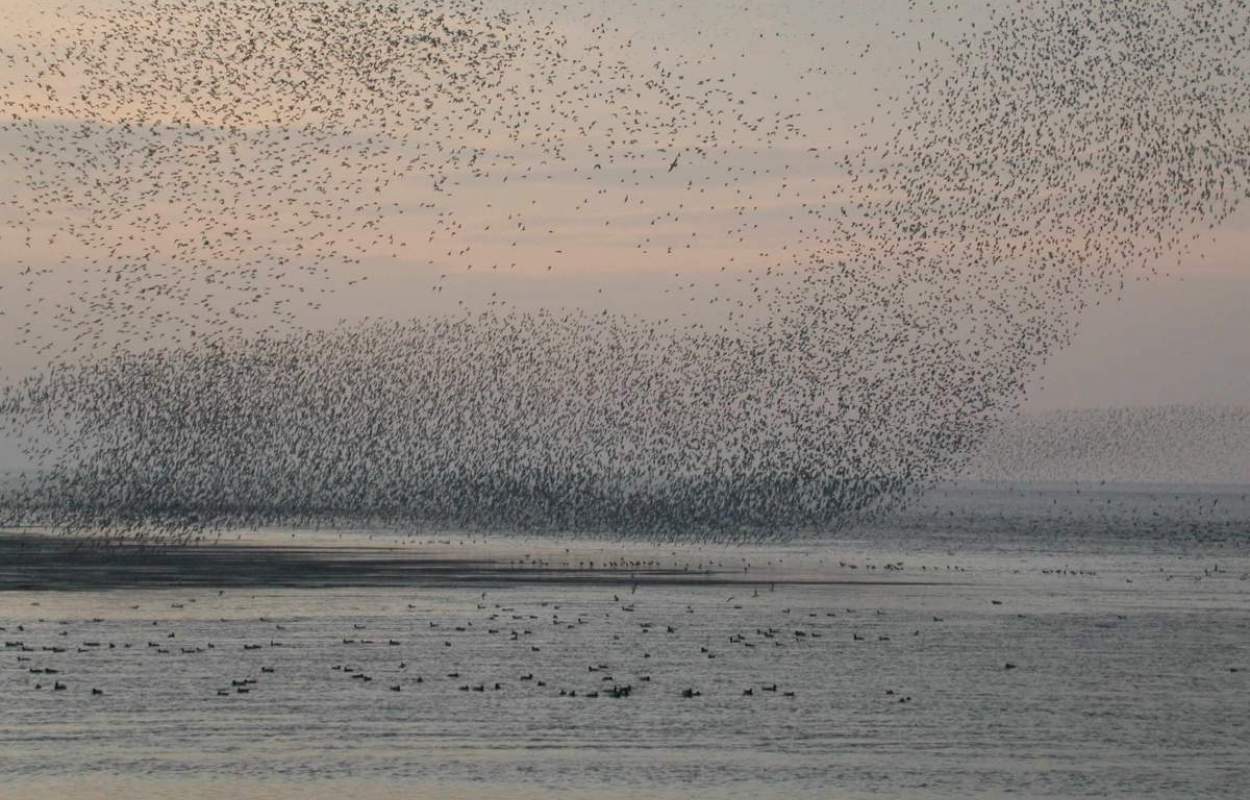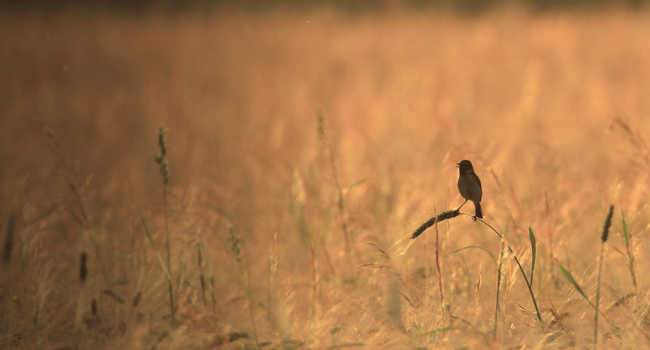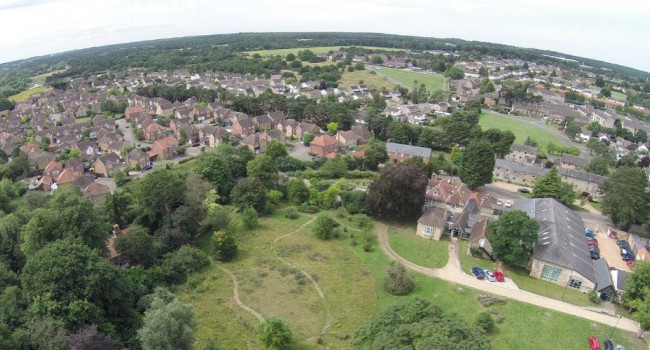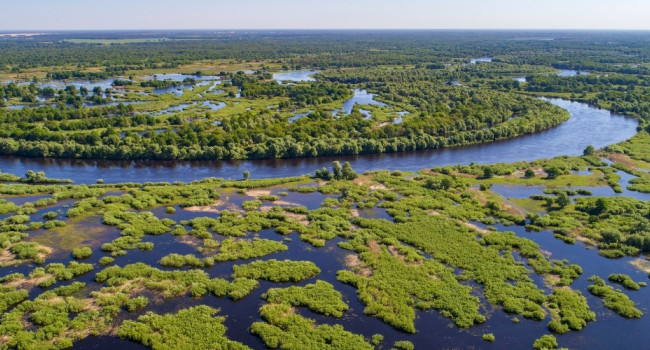Population estimates of wintering waterbirds in Great Britain

Author(s): Frost, T.M., Austin,G.E., Hearn, R.D., McAvoy, S.G., Robinson, A.E., Stroud, D.A., Woodward, I.D. & Wotton, S.R.
Editors(s): Roger Riddington
Published: March 2019 Pages: 16pp
Journal: British Birds Volume: 112
View publicationThe work gives revised population estimates for 98 different species that winter in Great Britain, using data collected by many thousand birdwatchers to calculate either the average peak winter population over a five year window between winters 2012/13 and 2016/17, or the most recent possible estimate. Overall, Britain is estimated to host 12.8 million individual waterbirds each winter. The results suggest that geese are doing well while waders are declining - the estimated total number of geese wintering in Britain increased by approximately 175,000 since the previous assessment eight years ago, but waders were down by approximately 142,000 birds. The upturn in geese was largely driven by an increase in Pink-footed Goose by 150,000 individuals, while the wader downturn encompasses falls in numbers of Knot, Oystercatcher, Redshank and Curlew. The study also produced estimates for Cattle Egret, Sandwich Tern and Glossy Ibis for the first time, as well as January-only estimates for 48 species, which are important because January is the focus of global waterbird monitoring via the International Waterbird Census.
Waterbirds are a diverse group, and this work involved a range of methods and novel analytical techniques to generate the best possible estimates for each species. WeBS data were used for species commonly found on WeBS sites, such as Dark-bellied Brent Goose and Gadwall, along with extrapolation factors to compensate for birds on non-WeBS sites. For species that prefer the open coast, such as Turnstone, Purple Sandpiper and Great Northern Diver, observations from the Non-estuarine Waterbird Survey (NEWS III) were used. Importantly, this work developed statistical models to generate estimates for some of the most widespread species, for example Teal, that occur on small waterbodies often not routinely counted in WeBS and other surveys.
This work summarises data gathered by thousands of birdwatchers across Great Britain, who spent a huge number of hours in the field. As well counts collected by 2,900 WeBS volunteers on WeBS Core Counts and supplementary visits, data gathered by the WWT/JNCC/SNH Goose & Swan Monitoring Programme (GSMP), 860 participants in the 2015/16 NEWS III survey and 600 participants in the BTO Heronries Census were used. More information extracted from specialist reports, BirdTrack and almost 100 county bird reports relied upon countless additional hours by many thousands of birdwatchers, county recorders and bird club committees to collect, digitise and summarise information on wetland birds. Thank you to everybody who contributed to this study – every record counts!








Share this page